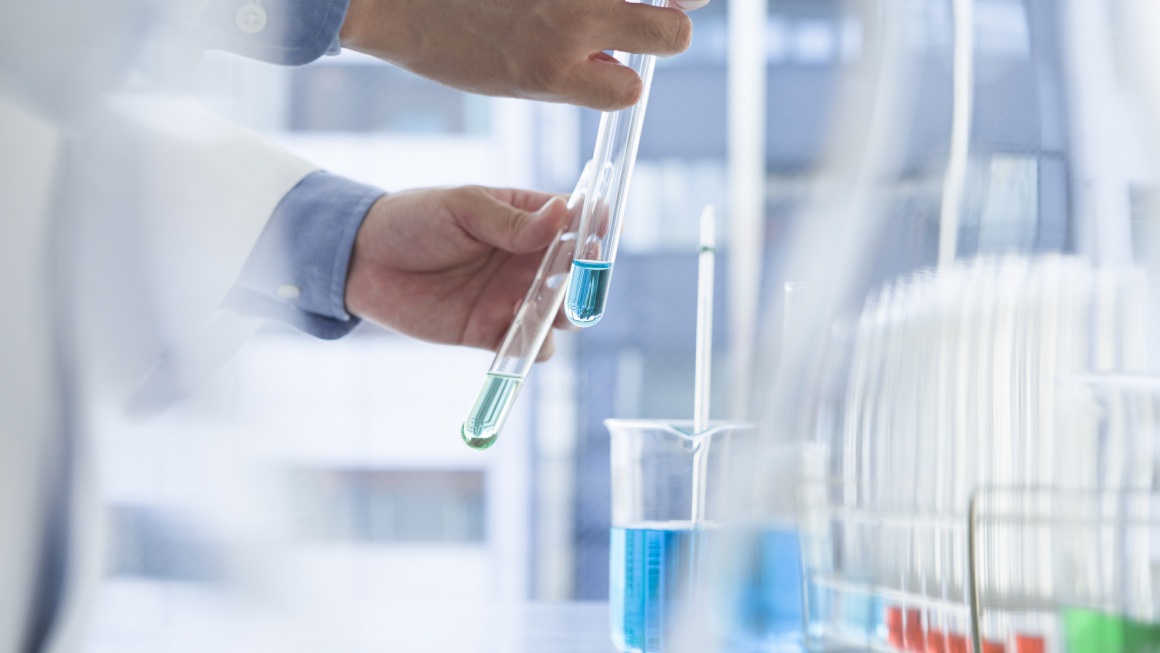Due to the noninvasiveness, site-confined irradiation and high tissue penetrating capability, Ultrasound (US)-driven sonodynamic therapy (SDT) has promising applications in eradicating bacterial infections in depth. Nevertheless, the ineffective accumulation of sonosensitizers at the infection site, the hypoxic microenvironment and the rapid depletion of oxygen during SDT largely impede the therapeutic efficacy of SDT.
An US-switchable nanozyme system can be used to produce catalytic oxygen and sonosensitizer-mediated reactive oxygen species during ultrasound activation, thus the hypoxia-associated barrier can be alleviated and the SDT efficacy can be enhanced. The nanoplatform (Pd@Pt-T790) was prepared by connecting enzyme-catalytic Pd@Pt nanoplates to the organic sonosensitizer meso-tetra(4-carboxyphenyl)porphine (T790). By modifying T790 onto Pd@Pt, the catalase-like activity of Pd@Pt was significantly blocked, while the nanozyme activity was effectively recovered to catalyze the decomposition of endogenous H2O2 into O2 after US irradiation. The blocking and activation of enzymes was important for decreasing the potential toxicity and side effects of nanozymes on normal tissues, and at the same time, it is possible to achieve active, controllable and disease-loci-specific nanozyme catalytic behavior.
The Pd@Pt-T790-based SDT nanosystem was successfully applied to the eradication of methicillin-resistant Staphylococcus aureus (MRSA)-induced myositis , taking advantage of the US-switchable enzyme activity, the accumulation in infection sites and excellent biocompatibility. In addition, the progression of sonodynamic therapeutics was noninvasively monitored by photoacoustic imaging and magnetic resonance imaging. To sum up, the US-switchable nanoenzyme system is a promising strategy for augmenting sonodynamic eradicatation of bacterial infection in depth actively, controllably and precisely.




